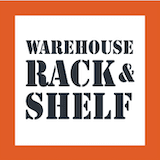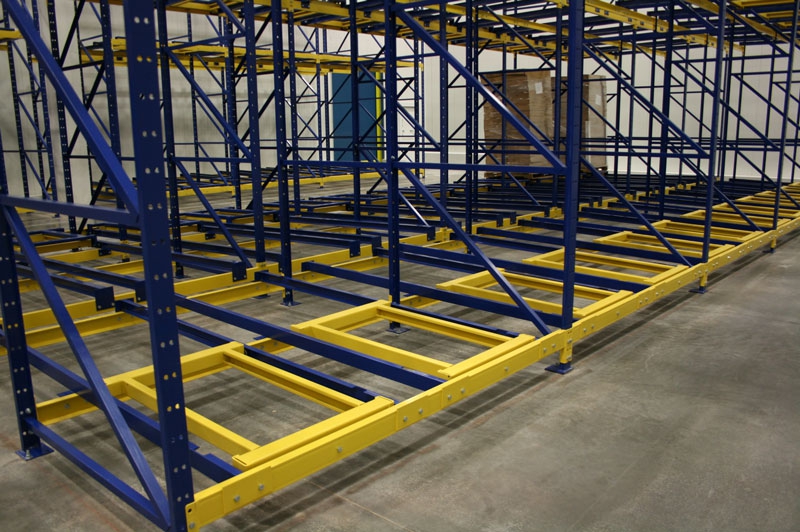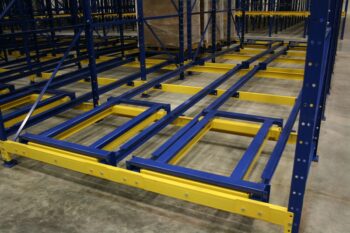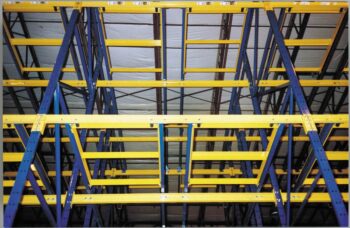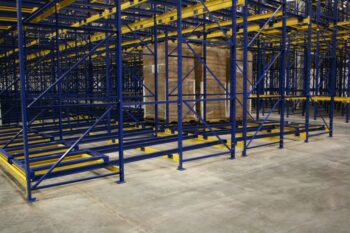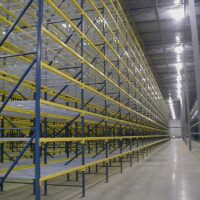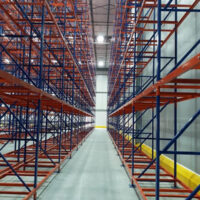UNARCO Pushback Pallet Rack
Pushback rack systems are popular in the food and beverage industry because they offer efficient storage solutions and effective space optimization. This system achieves high-density storage through a gravity flow design, where pallets are loaded from one side and automatically move forward as new pallets are introduced. This storage method ensures easy accessibility to products, … Continue reading UNARCO Pushback Pallet Rack
Pushback rack systems are popular in the food and beverage industry because they offer efficient storage solutions and effective space optimization. This system achieves high-density storage through a gravity flow design, where pallets are loaded from one side and automatically move forward as new pallets are introduced.
This storage method ensures easy accessibility to products, aligning with the First-In, Last-Out (FILO) inventory management system preferred by many leaders in the industry. The pushback rack’s ability to maximize storage space while ensuring accessibility positions it as the preferred choice for warehouses in the food and beverage sector, contributing to streamlined operations and heightened warehouse efficiency.
Within a pushback racking system, each pallet resides on a set of carts or trays positioned on inclined rails. When a new pallet is loaded, it pushes the previous pallet backward, allowing the new pallet to be stored behind it. During retrieval, the movement of other pallets in the system ensures the availability of the targeted pallet.
Pushback pallet racking is great for efficiently storing many SKUs within a confined space. It’s especially suitable for products with a short shelf life or those requiring Last-In, First-Out (LIFO) inventory management.
Some things you should consider during the design phase of a pushback pallet racking system include pallet weight and size, ceiling height, the quantity of pallets for storage, and the maximum depth of the system. Consulting with a professional engineer is key to ensuring the system’s safety and compliance with local building codes and regulations.
